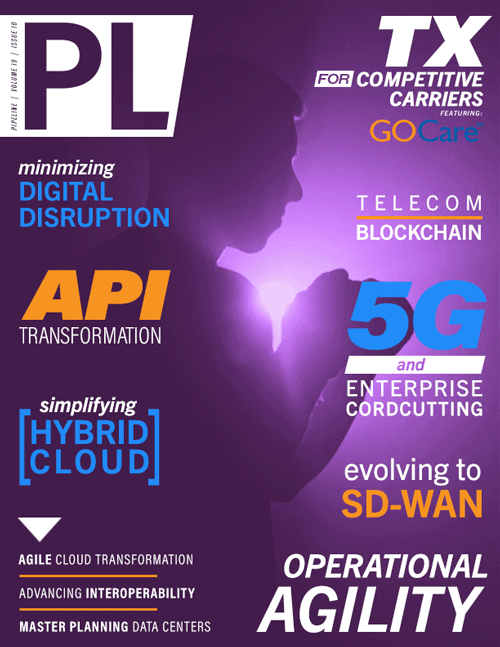Boosting ESG Success by Master
Planning Data Center Developments
Data center companies are trying to balance heightened power demands and sustainability initiatives. A great way to find that balance is locating a site near existing infrastructure, limiting materials and construction needed for data center power. Of course, this is easier said than done. However, access to reliable and abundant renewable energy contributes to meeting sustainability goals while providing long-term cost savings.
In our Maryland example, the state has a favorable market for renewable energy and has set a nonbinding goal of 8.5 gigawatts of offshore wind capacity by 2031, making it an attractive location for data centers seeking to meet ESG requirements. In addition, the state has implemented policies to promote renewable energy, including a Renewable Portfolio Standard (RPS) that requires utilities to generate a certain percentage of their electricity from renewable sources. Furthermore, Maryland passed what is now known as the Climate Solutions Now Act of 2022. The act requires Maryland to reduce statewide greenhouse gas emissions by 60 percent from 2006 levels by 2031. Additionally, Maryland offers incentives, such as tax credits and grants, to promote renewable energy projects, further encouraging the development of renewable power sources. This supportive policy environment makes Maryland attractive for data centers seeking access to renewable power and carbon emission reductions.
Fiber considerations
Fiber optic networks are the backbone of connectivity. Reliable fiber connectivity enables data centers to function as interconnected hubs, supporting digital transformation, cloud computing, and emerging technologies. Companies will have to assess if there is existing fiber infrastructure at the site and the need or potential for future expansion to meet increasing data demands. Master planning allows companies to build a 10-20 year roadmap to understand the needed infrastructure and capacity for future scalability. Understanding future scalability can enable companies to implement a dig-once, run-once approach, simultaneously laying new fiber for use while supplying dark strands for future needs. The dig-once process offers long-term cost efficiencies and minimizes the impact on local communities. Considering the availability and quality of fiber connectivity is vital for master planning a data center development.
Maryland’s numerous policies around business development, carbon neutrality, and economic growth make it a prime location for large-scale data center development, including robust fiber optic network deployments.
Water considerations
Water usage is another important consideration in master planning and data center site selection. Some data center cooling solutions require a significant amount of water for cooling and other operations. With growing concerns about water scarcity across the US and around the globe, using recycled water, such as treated wastewater, can help alleviate strains on freshwater resources, minimizing the community and environmental impact of data center operations.
Maryland, known for its abundant water supply, offers favorable conditions for data centers seeking to implement water recycling solutions. The state has access to ample freshwater resources from the Chesapeake Bay and its tributaries and a well-developed water and wastewater infrastructure. This makes Maryland an attractive location for data centers looking to implement sustainable water management practices reducing environmental impact.
Fulfilling ESG requirements
In conclusion, master planning allows data center companies to consider more sustainable land, power, fiber, and water elements; and examines how each aspect can help reach the companies’ ESG goals. Maryland exemplifies how a favorable market for ESG practices can highlight the indispensable role of master planning in fulfilling ESG requirements for data center companies.



















